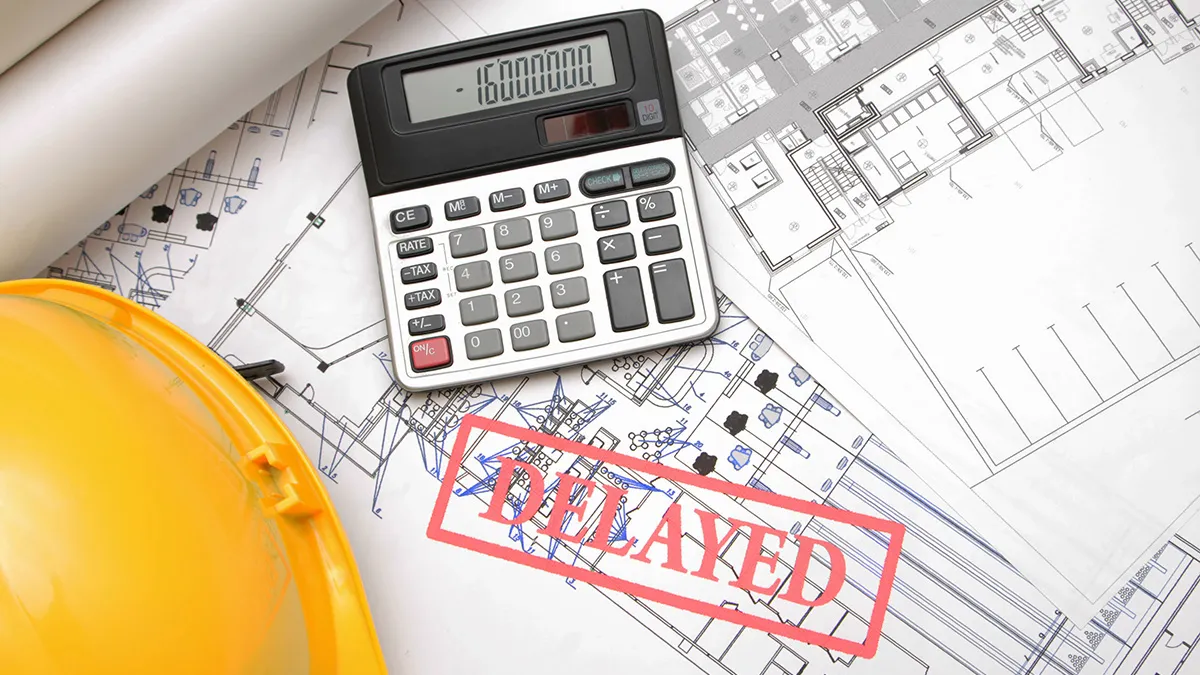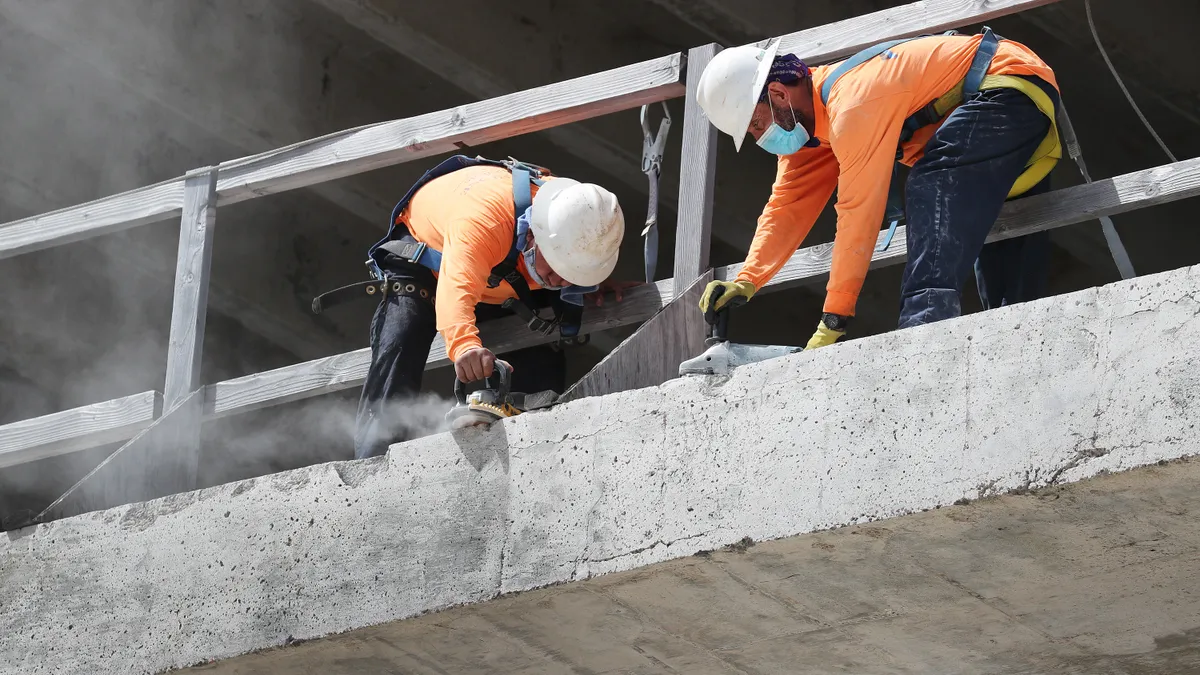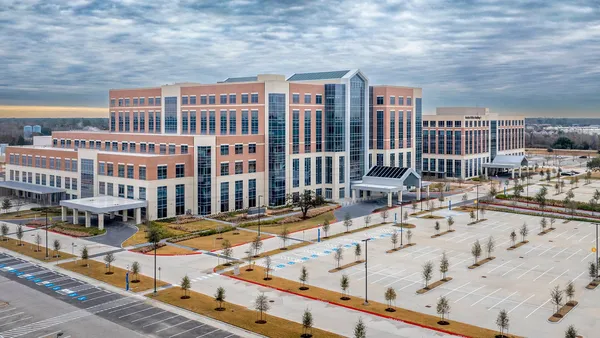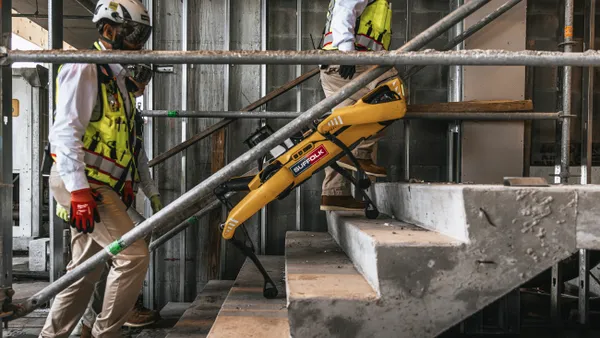In the construction industry, unforeseen issues in the original contract or drawing set are almost inevitable. Design addenda and RFIs are common, with over 87% of construction projects experiencing changes that lead to delays or cost overruns. These delays can significantly impact project budgets, leading to costly contractual disputes, strained stakeholder relationships, and potential loss of future business.
What’s truly exciting for both developers and contractors is the emergence of real-world, applicable, and proven AI technologies. Contractors, in particular, have increasingly become early adopters of preconstruction software and services in response to the inherent risk on projects. The continuing focus on innovation in the preconstruction process has helped limit avoidable impacts before the construction phase even begins. In this article, we explore how advancements in AI can help address potential project delays and achieve more successful project outcomes.
Early Planning & Prevention
Experts unanimously agree that investing time in early planning and prevention is crucial for successful construction management. Identifying potential causes of delays and mitigating their impacts is essential, as even a small delay can have serious consequences that affect the entire project.
Importantly, resolving the issues that can cause delays or cost increases during the preconstruction phase before estimating, bid, procurement, and scope buy-out can go a long way in mitigating those risk factors that lead to construction delays when not addressed early.
While unavoidable risk factors like weather events, natural disasters, vandalism, and other unforeseen issues can lead to project schedule setbacks, many types of construction delays are avoidable. These include:
- Rework caused by incorrect, late, or incomplete design information
- Drawing misinterpretation, mistakes, and miscoordination from plans that don't match or contain conflicting information
- Scope creep or owner/client changes requiring rework, additional resources, and/or materials and equipment
- Increased numbers of RFI that require research and review
- Multiple iterations of submittals for approvals
- Contract disputes that lead to work stoppages
- Material or labor impacts due to resource planning changes
- Communication lags between project stakeholders
There are many construction software solutions focused on AI-powered efficiency, productivity, and risk mitigation that can greatly enhance your preconstruction process. From estimation, take-offs, and procurement tools to design review and scheduling, resources are available to supplement your teams.
Focusing specifically on advancements in AI design review, a biggie, let’s look at the potential delay factors that can be anticipated, mitigated, or eliminated entirely.
Incorrect, Late, or Incomplete Design Information
As seen in a recent article on avoiding construction disputes, the top causes of project distress had their roots in changes in scope and incomplete designs. In fact, three design-centric factors – incorrect, late, or incomplete design information – afflicted a greater proportion of projects overall (44.8%) than scope change alone (38.8%).
Project teams are engaged in the build process earlier today than they were in the past, working from documents in design. Not optimal, from a risk standpoint, when developing budgets and schedules and trying to beat supply chain shortages and delays with expeditious procurement.
Contractors place a high value on identifying potential project issues and gaining the greatest possible project clarity before handoff to the construction team. Leveraging AI to supplement their critical design review process has been a game changer for those leaning into the advancing technology.

Cloud-based AI design review tools can provide meticulous analyses of PDF document sets and identify issues such as missing information, discrepancies, scope gaps, and cross-discipline checks in a matter of hours. The efficiency gains alone are remarkable, as manual review processes can take weeks.
Preconstruction and Quality teams can then focus on the assessment and mitigation of the identified risks, rather than combing through hundreds or thousands of sheets, enabling faster, better decision-making and greatly increasing the likelihood of a successful project outcome.
Scope Creep
Scope creep occurs when new, different, or additional work is requested that was not contained in the original approved plan set, especially continuous changes. Not having a clear project scope will inevitably lead to serious delays. Over time, these delays add up to significant schedule overruns. Each time new or additional work is requested, it needs to be reviewed, estimated, and approved, and new materials and/or additional labor must be procured.
Scope creep affects a project in many ways. It extends the project timeline, delays certain milestones, sets back scheduled work activities, and contributes to budget overruns. Procuring additional items with little or no lead time results in higher costs.










